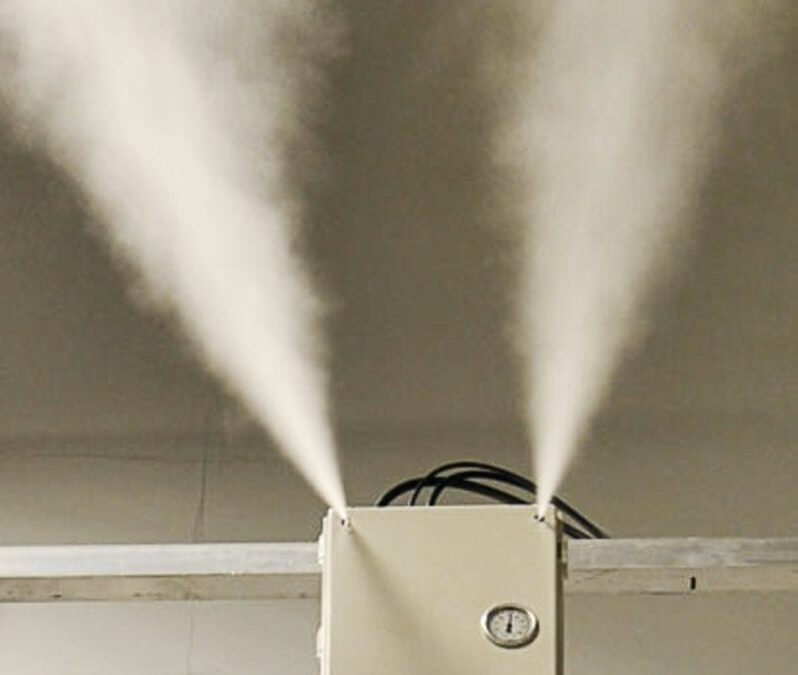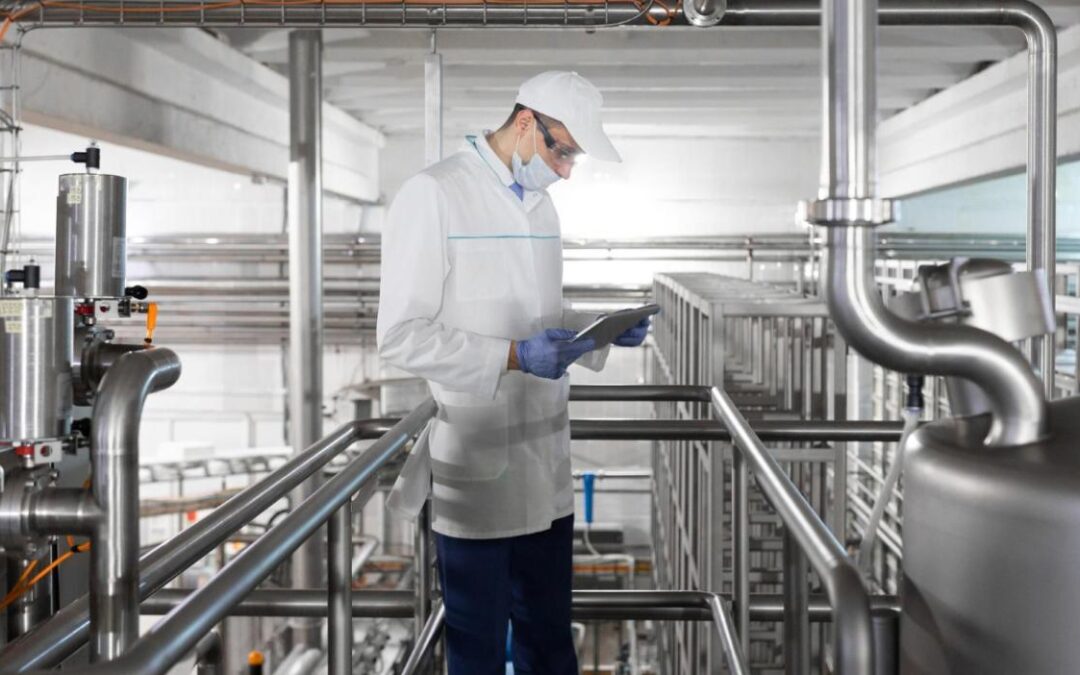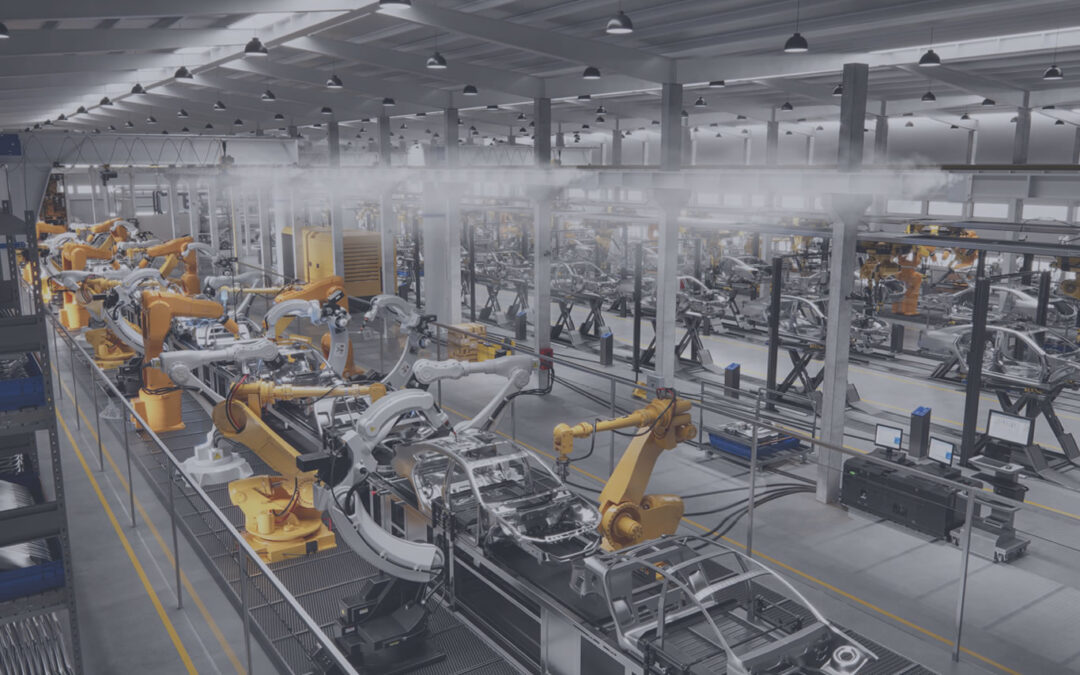There are a lot of claims touting ‘precision humidity’ as a one-and-done solution for dry air. But what does precision humidification actually mean? And among all the brands claiming the same thing, how do you know if humidification systems offer the level of precision you actually need?
Precise humidity means two things: First, it’s humidity that sustains the perfect amount of moisture in the air with extremely minimal fluctuations. Second, precise humidity is humidity that never wets and leaves unwanted moisture behind. The latter condition is what most marketing campaigns ignore, but a system’s ability to keep moisture from wetting surfaces is just as important as how well it aerosolizes moisture in the first place. If there’s any excess moisture or puddling, the humidification system failed to be precise, creating the conditions for all kinds of damage.
Product Damage
The most obvious form of damage is done to products themselves, such as warping paint or rotting produce. When moisture clings to surfaces, these wet spots create ideal conditions for mold and disease spread. And for inorganic products like car or plane components, imprecise humidity can cause inconsistent drying times and manufacturing results.
Equipment Damage
Where there’s stagnant water, there are problems with machinery. The wet spots or moisture fluctuations that arise when humidity is not precise encourage machinery corrosion, rust, and even electrostatic discharge (ESD) that can fry electrical components. Indirectly, imprecise humidity can mess with machinery, such as causing paper to lay down incorrectly and jam, ultimately wearing machinery down.
In fact, the damage that imprecise humidity causes extends to the humidification system itself. Especially for in-duct systems, the risk of rust and corrosion still applies, often forcing facilities to invest in additional components like fans, drain pans, and evaporative chambers.
In sum, precise humidity matters because it protects both the products and the equipment and processes that make them.
How To Tell if Humidity is Precise?
Precise humidity is simple in theory: keep humidity from fluctuating or wetting at all times. In practice? Most humidifiers fail at both. To our knowledge, Smart Fog is still the only humidification manufacturer that can, after forty years, make the most precise humidity claim.
That’s because our humidity uses a natural decorrelation process to generate self-repelling water droplets. With their water-to-water attractions reversed, our self-evaporative humidification technology evenly spreads throughout large rooms, sustaining the desired humidification level with uniformity, and preventing all fluctuations.
Additionally, the aftermath of self-evaporative humidification is just that: evaporation. The nature of self-repelling, microscopic droplets leaves moisture with no other alternative than to completely evaporate. No condensation or puddles even get the chance to form before droplets dissolve into the air and are replaced by more self-evaporating droplets.
Key Takeaways
Precise humidity makes all the difference. By maintaining non-wetting and non-fluctuating environments, products and equipment are protected from electrostatic discharge, water damage, and more. Many manufacturers want to claim precision for their products. But only humidification systems that saturate perfectly and evaporate surface moisture completely are truly precise.





